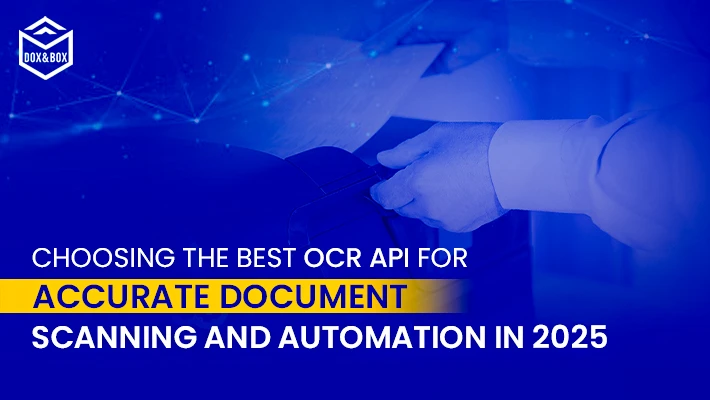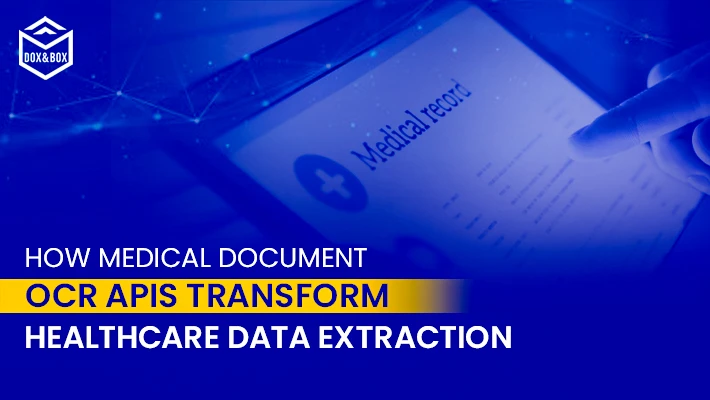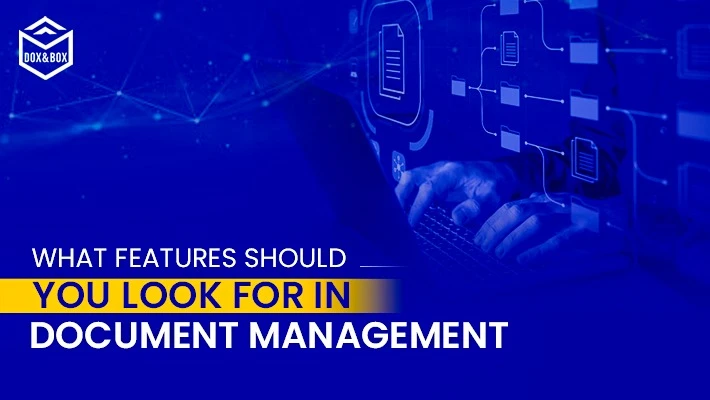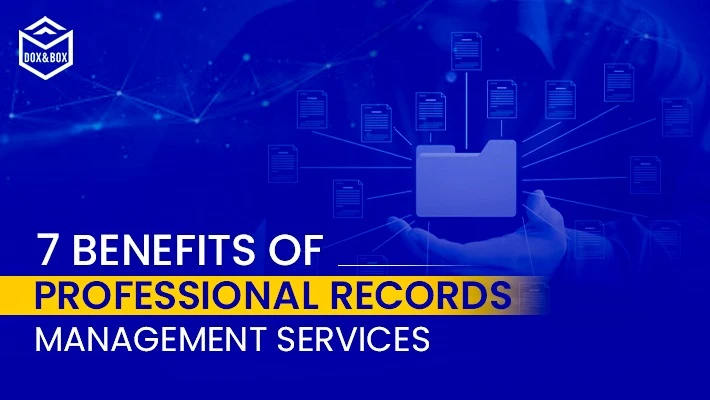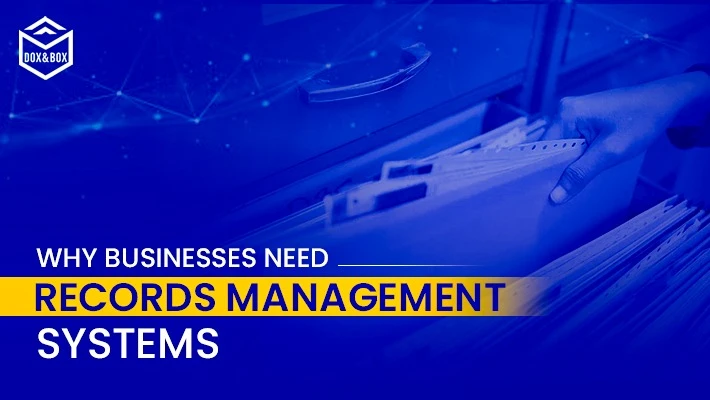Oct 29, 2025
Most of the documents these days are digitally born and contain rich semantic information that goes beyond the images in the documents. With the combination of metadata, tags, display order list, etc, a better understanding of the document can be obtained with higher accuracy.
What is document annotation?
Document annotation is the process of identifying fields and the values correlated with them in a document and then extracting pertinent information using set criteria and guidelines. In simple language, data annotation is the step before data extraction as information cannot be extracted unless it is found and analyzed first.
It involves the labeling, organizing, and classifying of data that makes it usable and approachable for future analysis and also delivers significant insights. Images, audios, video frames, and text data are all labeled and added with metadata in the form of tags that makes it easier to understand the input and then act accordingly.
Annotation of data makes it so much easier to sort documents and find suitable information without having to go through the entire document. It also helps to make the data structured and convenient for retrieval and presents it in a way that is widely accepted by all the other users.
With the advent of machine learning and AI technologies, data can be easily classified into files that can be extracted without any human intervention. Data annotation is an indispensable part of data extraction pre-processes as machine learning models learn to understand the recurring pattern from the annotated data. Once the algorithm has successfully processed enough annotated data, it can identify a similar pattern when presented with unannotated data.
Earlier, large enterprises and organizations used to hire specialists and professionals for document annotations but with innovations in document annotation technology and OCR, companies can skip on any human intrusion. Machine learning models can be trained using clean annotated data and the need for employees to manually look up data in files and documents won’t be there. This helps increase the productivity of employees and assists in the betterment of the organization as a whole.
A classic example of document annotations would be finding the number of times of the value ‘order’, in receipts. With the help of this technology, you can simply scan through all the text and find the frequency of that field. Furthermore, this can be applied to payslips, invoices, orders, receipts, books, and any other document type.
Importance of document annotation
When it comes to processing critical information and data, the significance of document annotation cannot be ignored. It helps streamline the process of digitization of documents and eases the extraction of data.
While assisting in mapping out data for authentic and significant details it also helps in verifying and validating information. By cross-referencing with past models and algorithms it assigns the appropriate key-value pairs. Successful data annotation practices help run business operations smoothly, avoiding any delays due to imprecise or erroneous data interpretation.
Data annotation is a significant undertaking for any organization or company, however, you don’t need to spend hours doing it by yourself. There are many third-party applications like Infinity by Dox and Box that can help you.
With the use of intelligent OCR and AI, it automatically extracts and organizes data from documents. This completely removes the need for any manual data extraction. It can help you in data annotation for texts, images, videos, and audios and then build comprehensive datasets. It is designed in a way that it can also extract data from semi-structured documents as well. With Infinity, all your document annotation processes can be carried out without any hassle and deliver outcomes that are precise and authentic.

